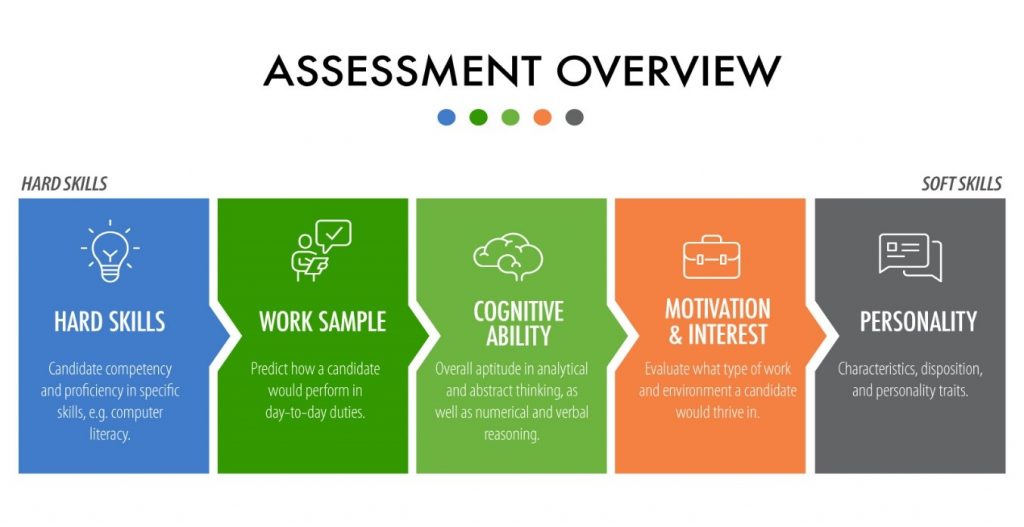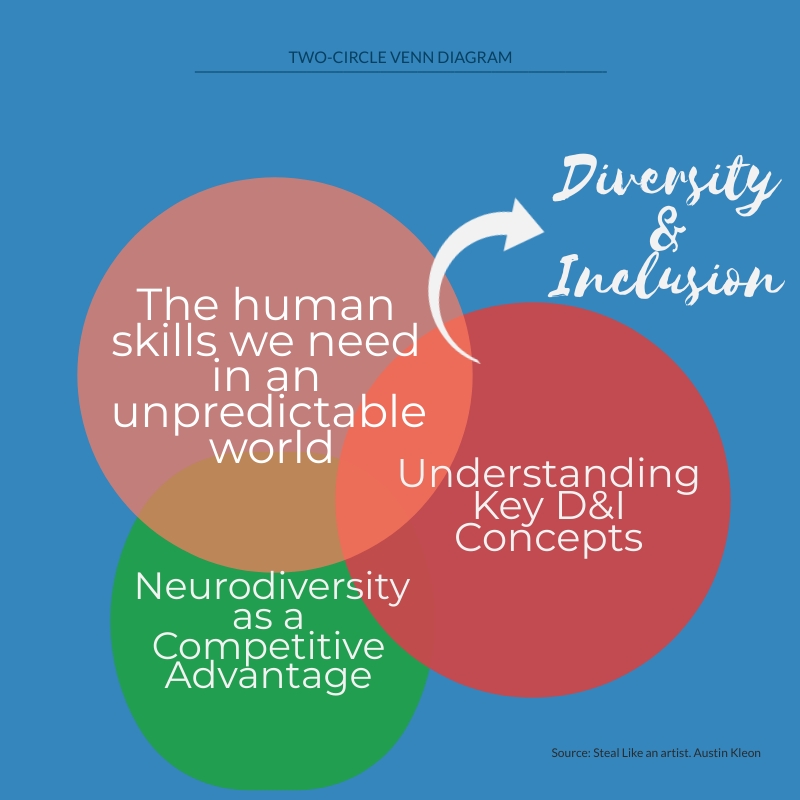Response #1
In “Changing Organizational Culture from Embedded Bias to Equity and Inclusion”, author Cori Wong offers us a more nuanced look at diversity and inclusion. Although her motivation for writing the article appears to be to highlight interventions for creating gender equity in the workplace (with an eye on safety) Ms. Wong winds up introducing us to something more. She educates us on how an inclusive workplace culture requires awareness of privilege, marginalization and differences in experience.
The author notes that we must not ignore differences in others’ identities if we are to be truly equitable in an organization. Both identity and everyday experiences within that identity, characterizes how we interact with our environment, situations and other people. These identities and experiences even influence policies and systems within a workplace. According to Wong, “Identities based in race, gender, sexuality, class and ability (to name a few) and their intersections play a large role in how one might differently experience and navigate interpersonal dynamics, policies, practices and systems within an organization.” There is discussion of how people who are members of marginalized groups are often perceived in the workplace in the same manner they are perceived in our larger society. Conversely, members of groups deemed privileged in society are also perceived the same way in a workplace setting. Both groups experience their work lives based on who they are. Marginalized people are acutely aware of how every interaction they have with others could affect how they are perceived while privileged folks have the luxury of not thinking about overcoming obstacles and negative assumptions regarding their work or character, thus they do not feel excluded or othered as marginalized people do.
One of the most important takeaways from Ms. Wong’s article is that the steps to reaching equity for marginalized people in an organization requires different forms of accommodations and support specific to the individual group’s identity. There is an emphasis on equity as opposed to equality. She notes that all groups benefit when the most marginalized groups of people are acknowledged and supported.
Response #2
In Cori Wong’s article, “Changing Organizational Culture from Embedded Bias to Equity and Inclusion”, We see her connecting the parts of her article in the second paragraph under the Equity vs. Equality header. Here Wong provides us with a metaphor involving running shoes meant to demonstrate the difference between equity and equality. She uses several contrasting transitions identified in TSIS, such as when describing the inequity of everyone in the metaphor example receiving the same sized shoe. Wong states, “regardless of whether their feet are too big, small, flat or wide for the “standard” shoe, they are likely to experience blisters, pain or injury.” The author also tells us, “Despite these disadvantages, which result from assuming that everyone should be treated equally and get the same shoes, they are still expected to run and keep up with those who have been given appropriate-for-them footwear.” Furthermore, along with earlier use of “regardless” and “despite”, Wong uses the contrasting transition word “whereas” when stating “Whereas equality would give everyone the same shoe, an equity approach would recognize that fairness requires giving everyone shoes that fit their particular needs so that they have an equal opportunity to thrive and succeed.” The use of contrasting transition words helps to emphasize her argument that equity and equality are not one and the same. We also see that the author has utilized the TSIS technique of repeating key terms and phrases by using the words “equality,” “equity” and “equal” several times in the same passage. This use of repetition further assists with reminding us of the significant differences between the two concepts.
The highlight of my week was Sunday. My mother invented a holiday where she celebrates her sons-in-law by inviting us all to her house for food and games for the kids. The thing is, she usually asks the husbands to do yard work that’s too extensive for her. This year though, there was no yard work! All of my sisters, kids, nieces and nephews had a great time since this was the first time we’ve seen each other since the pandemic!


